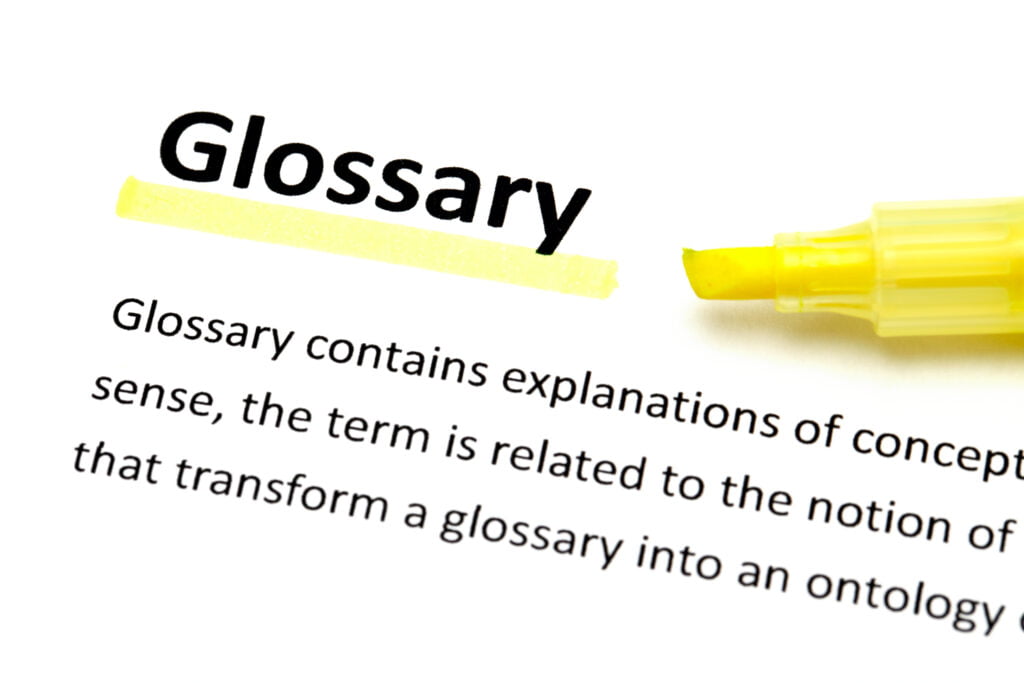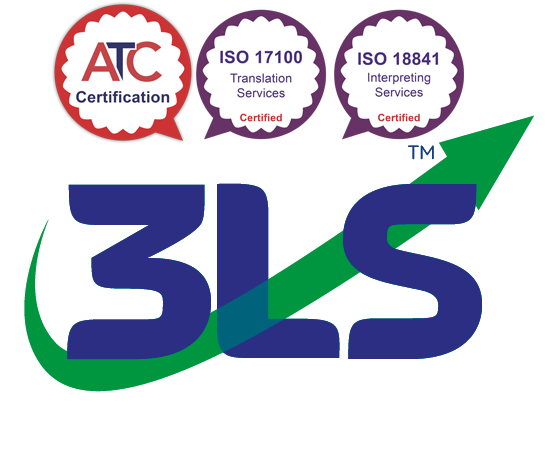Translation glossaries – your friend
for better translation
The greatest difficulty in complex, specialist or large translations is consistency. Many words have several alternatives; any Thesaurus offers a bewildering (confusing; baffling; maze-like; puzzling; mystifying; incomprehensible) range of options for the simplest words, so complex text presents many issues for the unwary translator. If you don’t believe us, have a look at our Fun Stuff page!
The problem’s greater for technical language and emerging concepts. Many languages have developed unique terminology for new technologies, and many technologies and sectors use common words in entirely different ways – consider for example a “frame” in artworks, in a criminal court and in shipbuilding. Many traps exist for the translator – we pride ourselves on the care we take to ensure consistency and correctness of language.
Remember also that many “established” concepts in the West are embryonic elsewhere, with language still in flux and many “suitable” (and less so) terms in simultaneous use. Identifying the right one is key.
A large or extended duration project, involving several translators, presents a different problem; that of different translators translating the same term differently, resulting in an inconsistent and confusing end-product.

The solution? The Glossary; a defined set of terms and vocabulary agreed between our client and ourselves. With our translators we ensure these terms are used consistently across the assignment, and related projects. Linked in to our quality systems and project management our effective use of glossaries combined with carefully selected and experienced translators are key to our performance.
Modern computer-assisted translation, or CAT (NB: – NOT machine translation!) extends this, allowing existing translation to be re-used; we employ it widely ourselves and used PROPERLY it’s great.
Unfortunately some translation agencies see it as a panacea for everything, allowing them to “translate” ever-higher volumes for ever-less effort – an approach doomed to fail. CAT IS good, but is also an absolute liability in the hands of a poor translator. On a similar note never, EVER, trust any provider offering unusually low rates – they’re either using poverty-wage desperate and often unqualified “translators”, or applying machine translation that’s in all probability unchecked and unreviewed. Both are very unlikely to give you what you need!
Did you know that well-prepared interpreters also use glossaries? Many assignments require client-specific terminology, when we will prepare a glossary with which the interpreter will familiarise themselves in preparation for the assignment.
To the end-user, whether reading or listening, inconsistency of descriptions and terms is at best a confusing annoyance, and at worst may lead to misuse of equipment, damage, or more serious losses.
For technical or large projects your translation supplier should always generate and manage a glossary – and simply offering CAT is no substitute. If your supplier doesn’t manage a glossary for you, you may like to talk to us.
